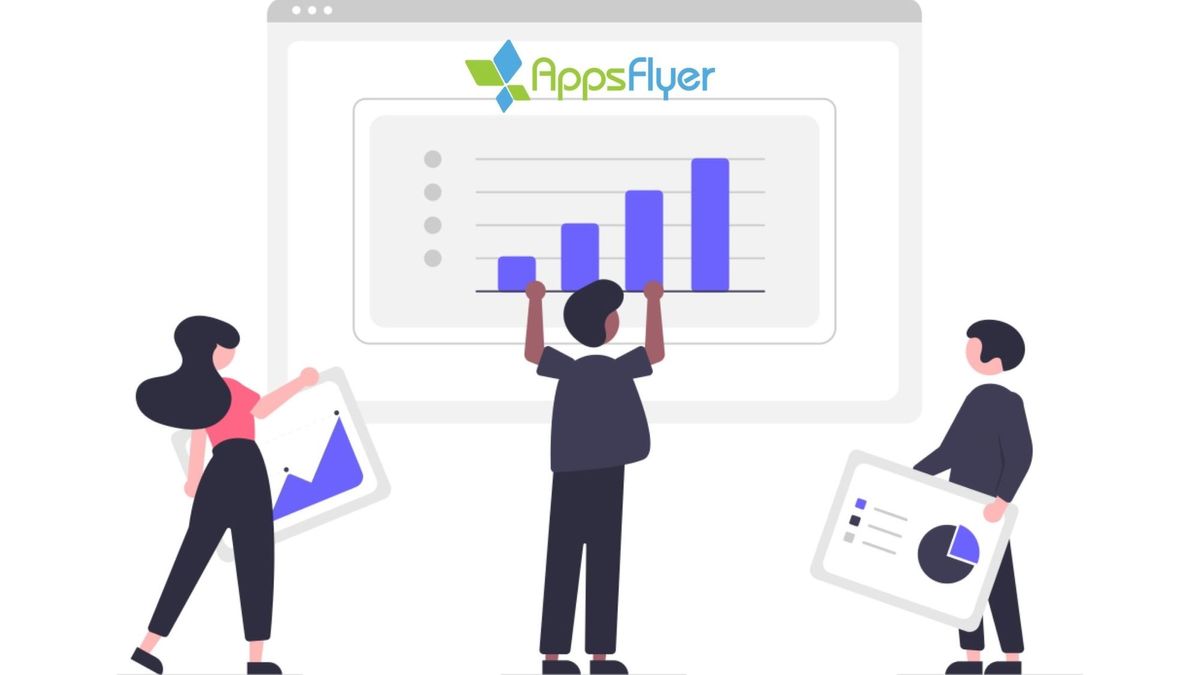Sub-Saharan Africa sees app downloads grow by 55% in 2020
AppsFlyer, this week, released new data highlighting trends that have shaped the app market in Sub-Saharan Africa since the beginning of 2020.

AppsFlyer, this week, released new data highlighting trends that have shaped the app market in Sub-Saharan Africa since the beginning of 2020.
Compelled to stay indoors as a result of the Covid-19 pandemic, more people had to use their mobile devices for extended periods. A report from App Annie, an analytics platform, showed that in April 2020, people were spending over a quarter of their waking hours (4.3 hrs) on their mobile device. That figure was a 32% increase from Rescuetime's submission of 3.25 hrs per user in 2019.
The spike in time spent on mobile devices coupled with more aggressive marketing from app developers led to an increase in app downloads globally and in Sub-Saharan Africa. AppsFlyer, the global attribution leader, has been on hand to document it and share insights.
Analysing over 48 billion installs in over 30,000 apps with a minimum of 5,000 installs per month, AppsFlyer’s data showed 33% increase in app downloads globally. Across sub-Saharan Africa, data showed a 55% increase in the number of total app downloads in the region in 2020 compared to 2019.
Read: How Jiji increased its daily app installs by 214% in one year
In sub-Saharan Africa, key app trends throughout 2020 include:
- 93% growth in in-app purchases between April and May 2020 in South Africa, driven by strict COVID-19 lockdown measures and better access to online stores. This is compared to a 43% increase between September and November 2019
- Nigeria saw a 57% increase in organic app installs (44% in non-organic app installs) in 2020 vs 2019.
- The average number of purchases per user in South Africa in general retail apps increased by around 20% between March and April
- An analysis of 27 billion app installs across 495 media networks and 14,000 apps revealed that Google was the best platform for driving performance for app marketers in Africa, while Facebook was the best platform for remarketing across Africa and the Middle East.
- A platform breakdown showed Google dominated on Android thanks to its leap in developing countries where the operating system dominates, while Facebook controls much of iOS.
Globally, summary trends from 2020 show that:
- Mobile app marketers spent $74.6 billion globally in 2020 to drive users to install mobile apps - a 30% increase compared to 2019.
- The number of app downloads increased by 33% in 2020, up 25% compared to 2019. It’s clear that both pure consumer intent and marketing efforts contributed to this leap.
- Cost per install spiked 30% post-lockdown leading to higher spend despite drop in NOI (Non-organic install).
Education apps saw the highest increase in number of year-on-year NOIs, with 116% more installs than in 2019. Video players, social media and gaming apps also performed well on NOIs. Travel apps, unfortunately experiences negative growth for both organic and non-organic installs.
An analysis of 45 apps (mainly eCommerce, Finance, Media & Entertainment, and Food & Drink) found that the number of app installs with a preceding visit to the brand’s website has almost doubled this year. In fact, in almost 1 in 10 installs, the web was part of the user journey.
Also read: AppsFlyer receives funding from Salesforce to develop new products and hire more staff across EMEA
Reflecting on the app trends for the year, Daniel Junowicz, MD Latam & Africa, AppsFlyr, commented: “Africa’s mobile-first economy has been one of the key markets that has shifted quickly to digital in recent years. Brands here understand more than any other region that mobile needs to be at the forefront of their business activity. Looking ahead to 2021, the signs look positive for SMEs looking to acquire more customers through their mobile devices.
“2020 was a challenging year globally for all businesses but with more users seeking to conduct numerous activities on their mobile devices, marketers need to meet consumers where they are to drive sales and mimic the in-person experience as some physical activities increasingly become digital experiences.”







Comments ()